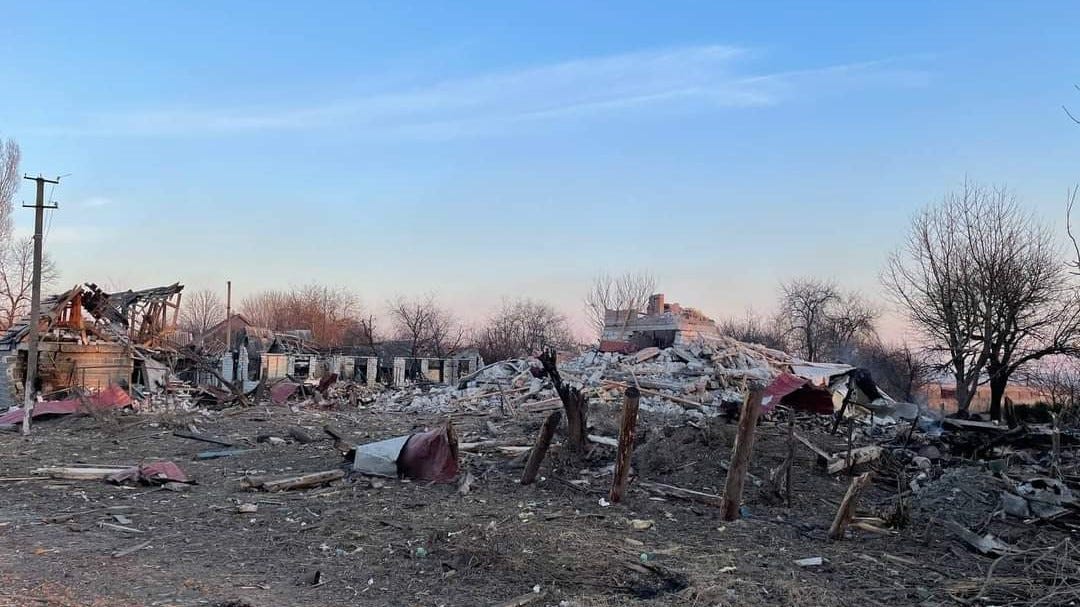Putin Cannot Kill The Idea Of Ukraine
But Ukraine can kill Russians
It looks worse than it is.
Amateur historian Vladimir Putin has ignored the totality of urban warfare developments in the modern period. Although his bombardment is destructive, it is disconnected from any military objective that might defeat Ukraine. Moral suasion through large amounts of high explosives delivered by airplane or artillery has turned out…
Keep reading with a 7-day free trial
Subscribe to Polemology Positions to keep reading this post and get 7 days of free access to the full post archives.


